Open Kitchen is a visual cook book for those new to Australia--namely asylum seekers and resettled refugees. Enjoy a range of recipes popular in Australia and internationally with ingredients found in common supermarkets and foodbanks with information such as cost, cooking times and nutritional values included. Open Australia’s kitchen door to see what it has to offer and discover the endless possibilities of cooking good food.
To see the full cookbook please click here.
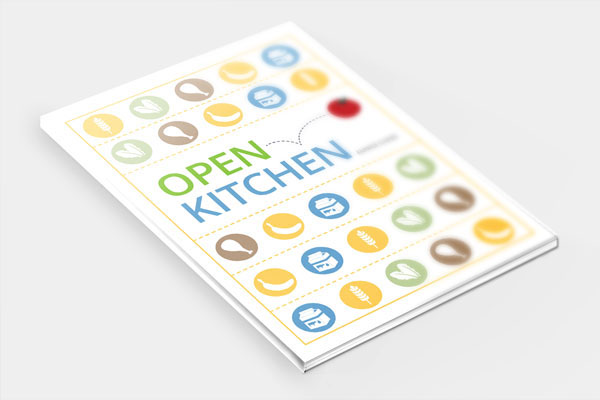
The following is the design process of this visual cookbook, from defining the problem, research, formulating a solution, concept development and designs based on methodology.
Defining the problem
My initial interest for designing for NGOs led me to look into problems that asylum seekers in Australia face. Defining a problem that exists in Australia allows for easier access to information resources. Interviews with workers from the Asylum Seekers Resource Centre led me to look into problems of food insecurity. Since I did not personally know any asylum seekers and could not chat directly with them due to privacy issues, I relied on many secondary resources containing facts and personal accounts and interviews with others living with asylum seekers for information.
Research
My in research I have found that food insecurity is due to the following factors:
Little or no income
Lack of knowledge in cooking: due to inexperience or cultrual gender roles
Psychological problems such as post traumatic stress disorder
Lack of English proficiency + knowledge how to shop

Aside from physical problems associated with food insecurity there are also psychological problems. Many feel that they do not culturally belong and food is one of the first steps to assimilating into a culture as food is a large part of any culture. Food not only nourishes, it also signifies. The way any human group eats helps it assert its diversity, hierarchy and organization. This is the major focus in formulating a solution.
Formulating a solution
These were the following factors that I focused on in formulating a solution:
Studies in effective learning using a visual language
Achieving clarity in meaning
Achieving visual clarity
Uniting differences in language and culture of user demographics
Avoiding exclusivity by addressing the target market’s culture
Addressing problems in nutrition
Addressing lack of finances
Addressing lack of finances
Concept creation
Since the overall desire of an asylum seeker or refugee is to belong, I based my concept around this desire of integration, a result of being included. With the help of Massimo Vignelli’s design method, I came up with this concept: Inclusivity = semantics + syntax + pragmatics
Semantics = clarity through meaning + universal signs + to be informative
Syntax = visual clarity + visual accessibility
Pragmatics = effective medium + cost effectiveness + accessible dissemination
Design methodology and process
International recipes featured were chosen from the top two countries that asylum seekers come from in the Asian, Middle Eastern and African regions therefore, popular recipes were chosen from Iraq, Afghanistan, Myanmar, Bhutan, Democratic Republic of Congo and Somalia. This decision reflects back to the design concept of inclusivity. Common recipes in Australia such as sandwiches, cereal and vegetable pasta were added to introduce easy to make Australian food.
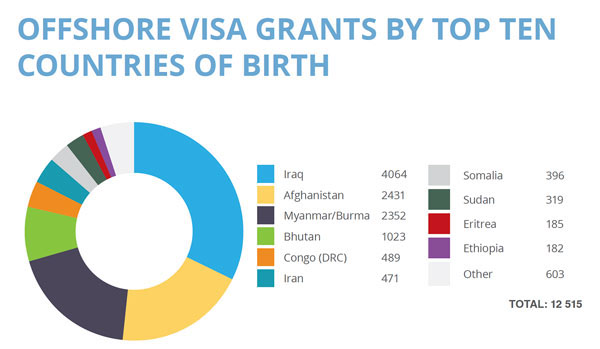
Concept board
A concept board was used to get the feel and style of the design, also show the font and colour palette.
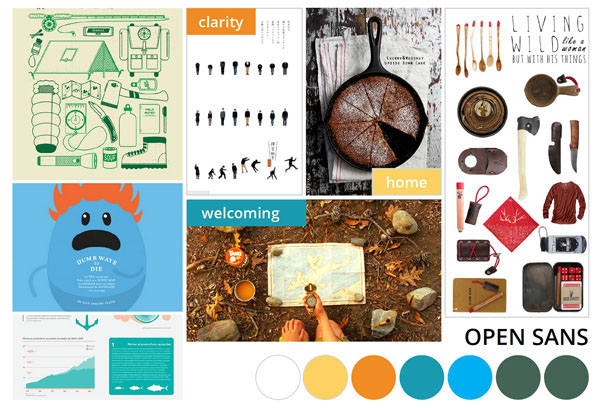
Sketches
A number of sketches were done to get a RTM (representation of the mind) of the layout.
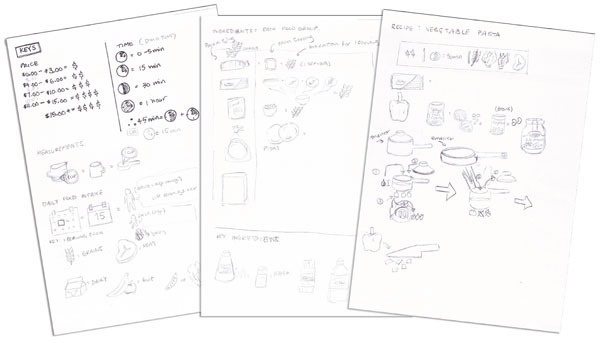
The following are various changes between the first draft to the final draft. All of the changes concentrated on simplifying the designs, making the cookbook easier to understand.
Information that did not need to be realistically depicted were made more stylized to be more visually organized. Information such as nutritional information (food groups) were made into pictograms to stand out from the rest of the depictions of food.
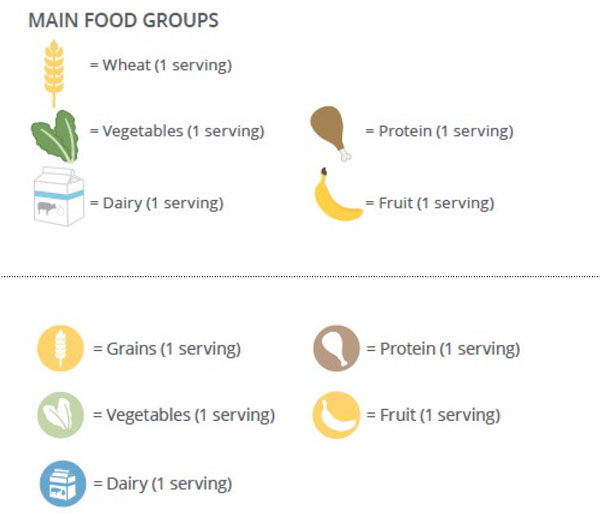
The equation used to show nutritional values found in each food group was confusing many users, so I flipped the equation around and simplified it.
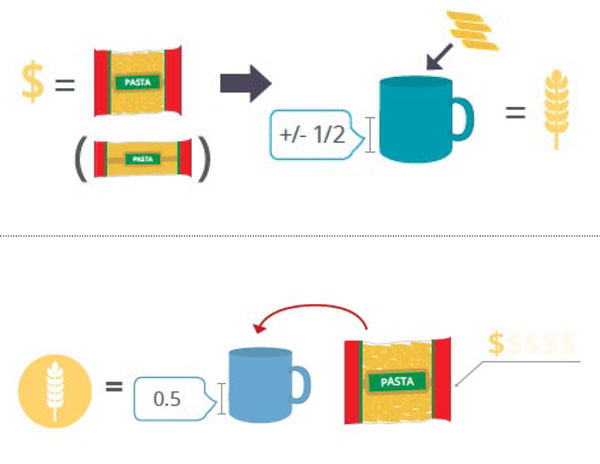
Cooking instructions were lumped together at first, but then spit up to more steps to look easier/clearer, a lot math equations were taken out as it made the instructions look daunting. The overall layout and the cover was also changed to ensure the design is simplified, clear and easy to understand.
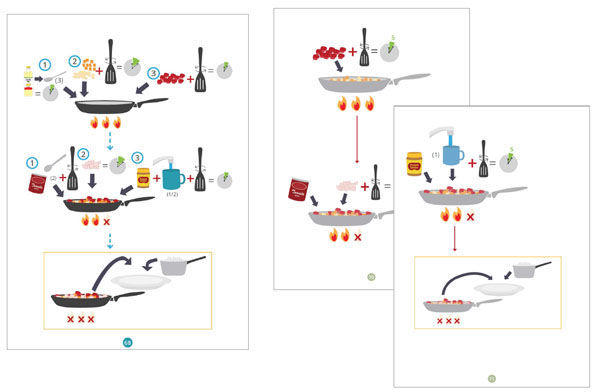

Future steps
This is a continually evolving project. A big regret was that I could not get user testing done by my target market so I plan to do this by passing on this version to a few organizations and conducting some feedback test with them. My plan is to then make changes based on this version, and would like to get crowdfunding to get approximately 500 printed and disseminated via these organizations in the future.


